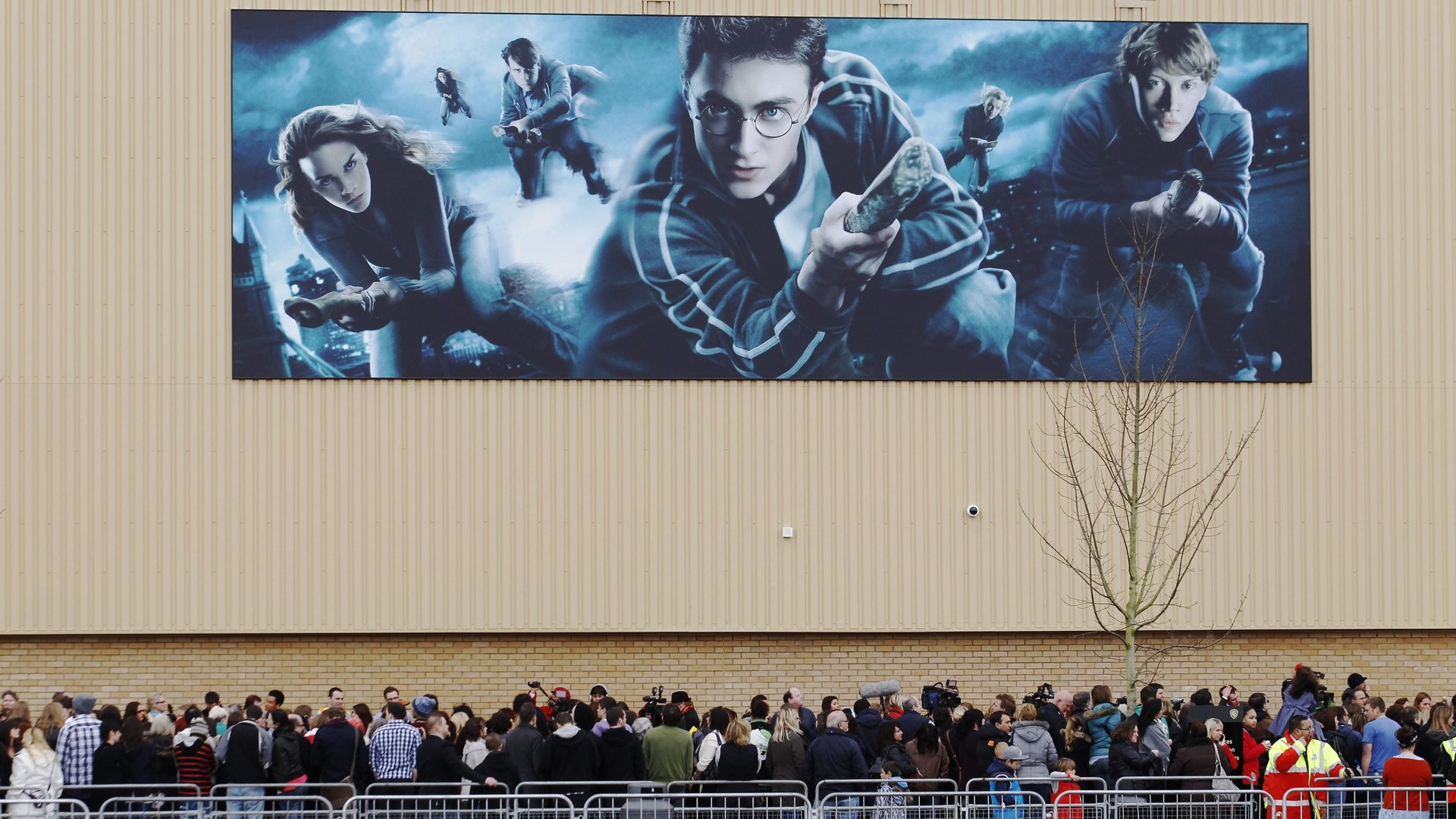WarnerMedia’s 98-year journey to a proposed merger with Discovery, in one graphic
Within two months of each other in the spring of 1923, the Warner Brothers movie studio was founded and Time magazine hit the news stands.


Within two months of each other in the spring of 1923, the Warner Brothers movie studio was founded and Time magazine hit the news stands.
After nearly a century of mergers and acquisitions, those two companies turned into WarnerMedia, the TV and movie powerhouse that controls properties as diverse as Game of Thrones, Harry Potter, and CNN. Now it may merge again, this time with Discovery, creating a $43 billion content giant designed to compete with Disney and Netflix.
This won’t be the first attempt to use Warner in an effort to leverage corporate synergies. In 2000, at the height of the dot-com boom, AOL bought then-TimeWarner in an effort to marry the internet to old media. The result became an infamous clash of corporate cultures and the resulting wreckage is viewed as one of the worst mergers in business history. In 2018, AT&T tried its luck, buying TimeWarner (and renaming it) for $85.4 billion in an effort to harness its cable, satellite, and mobile distribution networks with content subscribers will pay to watch. Less than three years later, AT&T is essentially throwing in the towel on that strategy.
The new company—which is pending regulatory approval and may not close until 2022—starts with a lot of advantages, including the HBOMax and Discovery streaming services. Whether the latest combination of the old Time Warner assets will be more successful than the last few attempts remains to be seen.